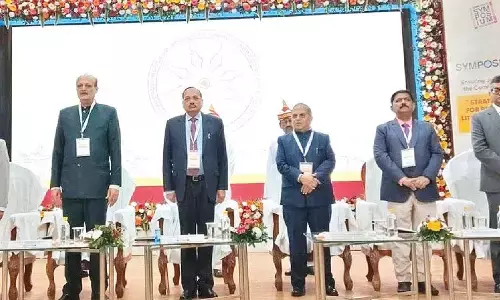How continuous learning bridges education to the workplace

continuous learning fosters a growth mindset among employees, promoting a culture of lifelong learning within organizations. This mindset encourages individuals to embrace challenges, persist in the face of setbacks, and actively seek opportunities for self-improvement. As noted, individuals with a growth mindset are more likely to achieve success in their endeavours, both professionally and personally
The disconnect between the skills acquired through traditional education and those demanded by employers has widened, giving rise to what is commonly referred to as the “skills gap.” This disparity poses significant challenges for both job seekers and employers alike. However, amidst this challenge lies an opportunity for continuous learning to serve as a bridge between formal education and the dynamic requirements of the workplace.
A study conducted by the World Economic Forum (WEF) revealed that by 2022, over half of all employees will require significant reskilling and upskilling to meet the demands of emerging job roles. This highlights the pressing need for a paradigm shift towards continuous learning throughout one’s career. The days of completing formal education and relying solely on those skills for a lifetime career are becoming obsolete.
Continuous learning encompasses various forms, including online courses, workshops, seminars, and on-the-job training. It empowers individuals to adapt to changing job requirements, stay relevant in their fields, and seize new opportunities for career advancement. Moreover, it enables organizations to cultivate a culture of innovation and agility, essential for staying competitive in today’s dynamic business environment.
One significant advantage of continuous learning is its ability to address specific skill gaps identified by employers. According to a McKinsey survey, 87% of executives believe their organizations are experiencing skill gaps or expect them within a few years.
Hard Skill Gaps: The rise of automation has created a demand for workers with skills in robotics, artificial intelligence, and data analytics across various industries. In the healthcare sector, a growing need exists for professionals with expertise in telehealth, digital health records, and bioinformatics.
Soft Skill Gaps: Employers increasingly value strong communication, collaboration, and critical thinking skills across all industries. Leadership positions often require skills in adaptability, problem-solving, and decision-making in the face of uncertainty.
By engaging in targeted learning initiatives, employees can acquire the precise skills needed to fulfil evolving job roles, thereby increasing their employability and value to employers.
Furthermore, continuous learning fosters a growth mindset among employees, promoting a culture of lifelong learning within organizations. This mindset encourages individuals to embrace challenges, persist in the face of setbacks, and actively seek opportunities for self-improvement. As noted, individuals with a growth mindset are more likely to achieve success in their endeavours, both professionally and personally.
However, despite its numerous benefits, navigating the path of continuous learning can be daunting for many individuals. Factors such as time constraints, financial limitations, and a lack of awareness about available learning opportunities often act as barriers to participation. Addressing these challenges requires collaborative efforts from educational institutions, employers, and policymakers to ensure the accessibility and affordability of continuous learning programs for all.
One promising approach to overcoming these barriers is the concept of lifelong learning ecosystems, as advocated by UNESCO. Lifelong learning ecosystems encompass a holistic framework that integrates formal education, vocational training, workplace learning, and community-based initiatives to support individuals at every stage of their learning journey. By fostering collaboration among various stakeholders, these ecosystems enable seamless transitions between learning environments and promote lifelong learning as a societal norm.
Human Resource Management (HRM) plays a pivotal role in facilitating workplace learning and continuous skill development. Additionally, HR Management Systems (HRMS) have emerged as valuable tools for managing learning and development activities within organizations. These systems streamline the administration of training programs, track employee progress, and provide valuable insights into the ROI of learning investments.
By embracing a culture of lifelong learning and leveraging diverse learning opportunities, individuals can enhance their employability, adaptability, and resilience in the face of evolving job requirements.
(The author is CEO – Officenet)




















